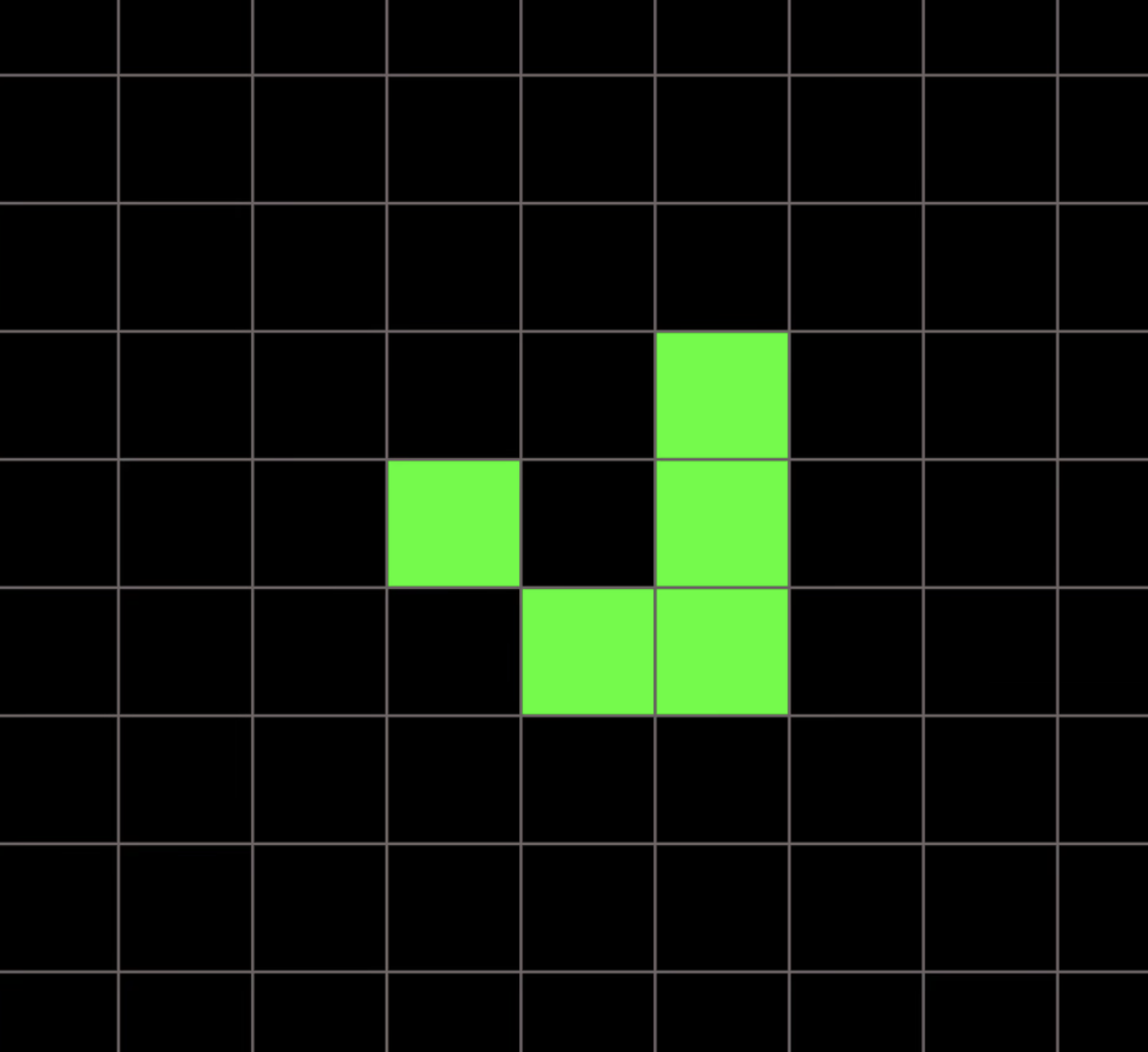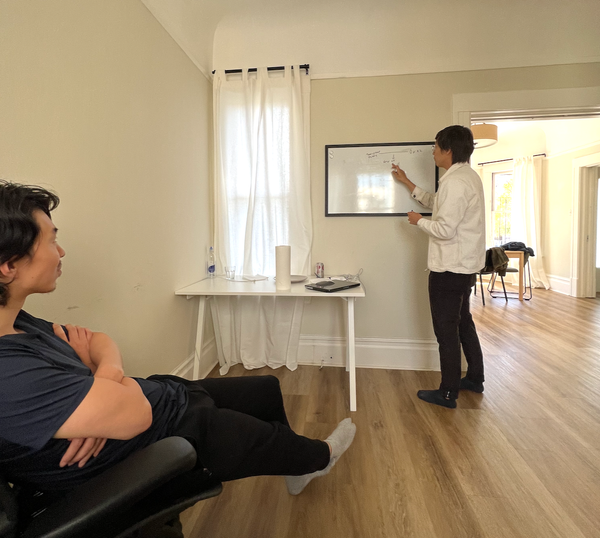GPT4 is the new 3D Printing
There are always new buzzwords and concepts that capture our attention. GPT-4 has been one of the most talked-about developments in the field of artificial intelligence. However, as I look at the trajectory of GPT-4, it’s worth comparing it to a previous moment in tech history: the 3D printing boom of a decade ago.
When 3D printing first emerged, it was hailed as a game-changer that would transform the way we live, work, and consume products. The promise was that we would never have to buy anything again, we could simply print it at home. However, as we all know now, the reality of 3D printing has been somewhat different. While many hobbyists have embraced 3D printing and use it to create fun and unique toys for their kids, the real revolution has been happening behind the scenes in the manufacturing industry. Friends that work in the manufaceruing or suopply chain space tell me stories how more and more of their expensive fab processes are being replaced by better and better 3D printers, unless you are connected to these innovations they are invisible to most consumers. Similarly, GPT-4 has captured the imagination of many people who are excited about the possibilities of AI-generated language. We’ve seen examples of GPT-4 creating everything from news articles to poetry to computer code. However, the real impact of GPT-4 may not be in the fun parlour tricks and toys that we can create, but in the way that it transforms companies that embrace the technology.
One of the key ways that GPT-4 could transform the business world is by making companies smaller, more efficient, and faster. With the ability to automate many tasks, GPT-4 could reduce the need for human workers in certain roles, freeing up companies to focus on more high-level tasks. Additionally, GPT-4 could help companies make faster and more informed decisions simply due to the relative size of the company. Amazon’s famous herustic emphasizes that teams should be small enough so that they can be fed with no more than two pizzas. This encourages efficient collaboration and communication within manageable team sizes. Now replace the word team, with company and you have a preview of the world I see.
Don’t get me wrong, some of the apps that I have seen non technical friends build using Chat-GPT and specically GPT-4 are nothing short of amazing. However, for those in the know, these kinds of apps have been availble on places like CodeCanyon for years. It’s not the commoditization of these apps that is the transformative change here, it’s the impact on team size, compostion and decision making that is the most exciting. Like the 3D printing revolution happening on the B2B commercial side, this new change in how the best or even mediocre software engineers start embracing these code completion and enhancement tools invsibily behind the scenes will be the real story of the next decade… until The Singularity.





